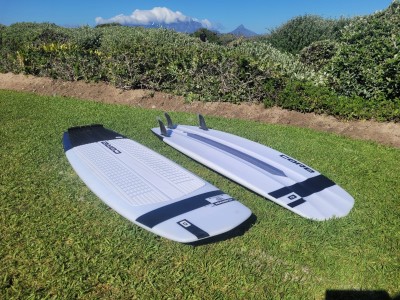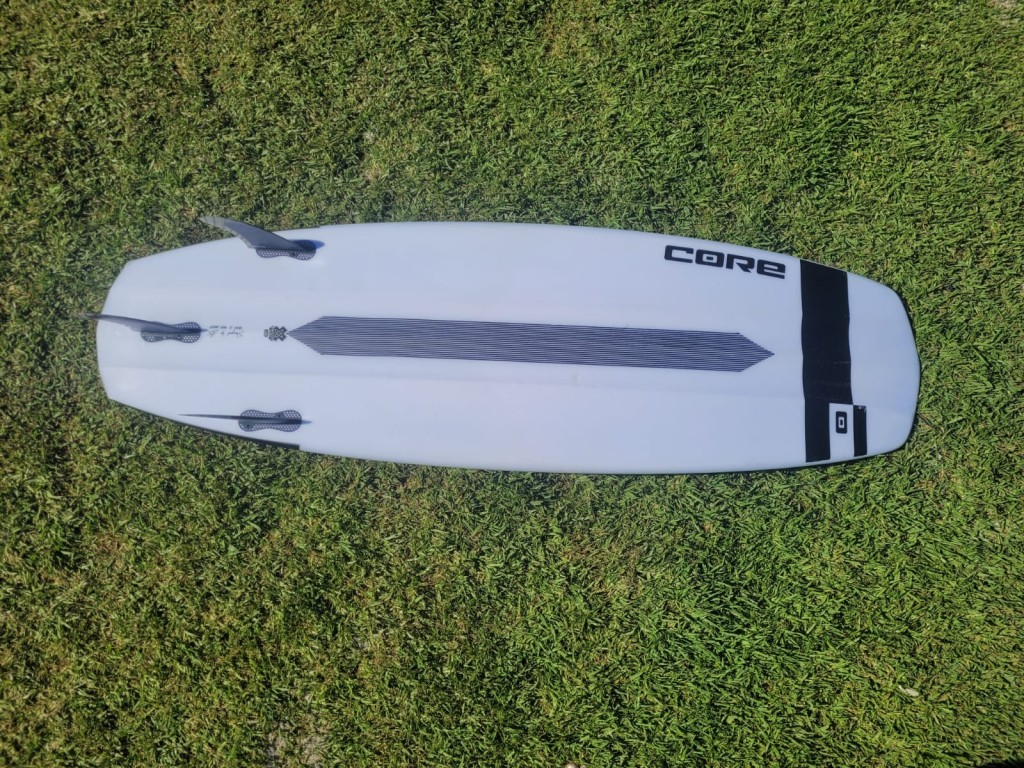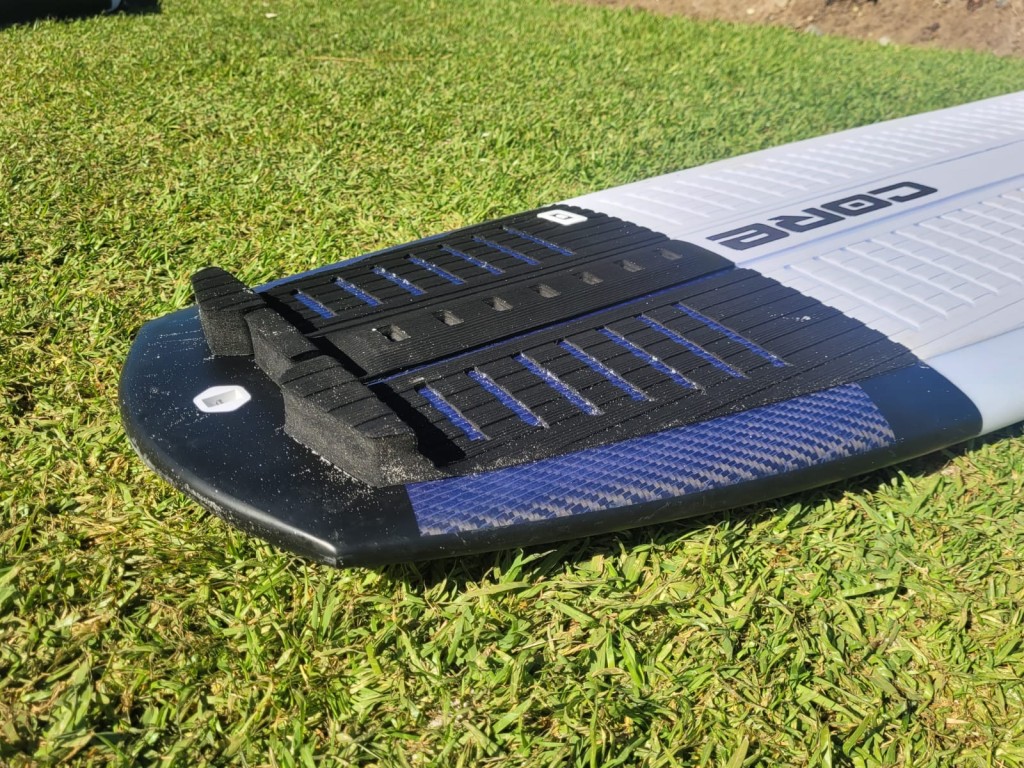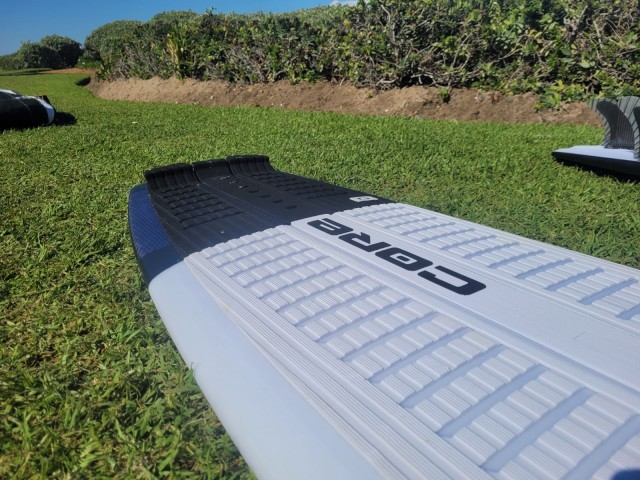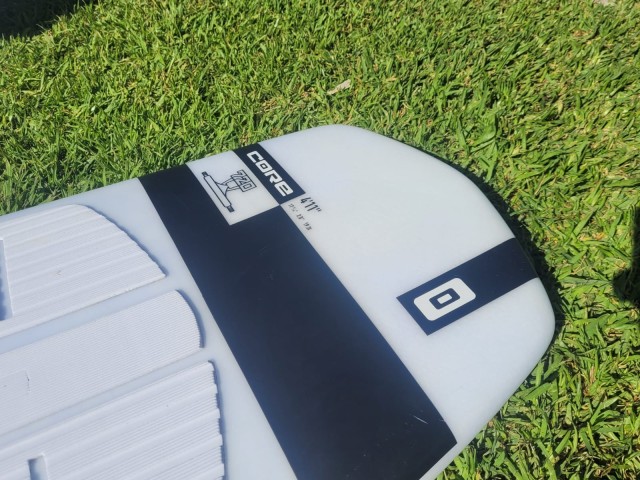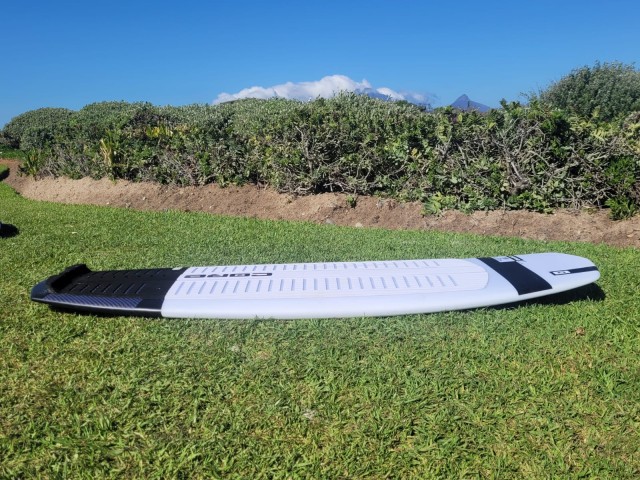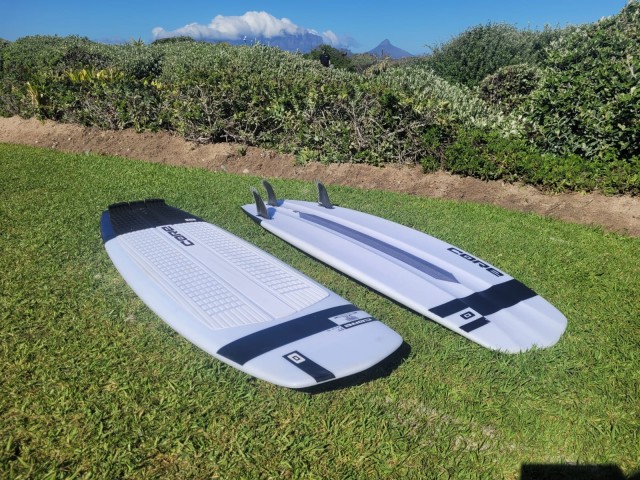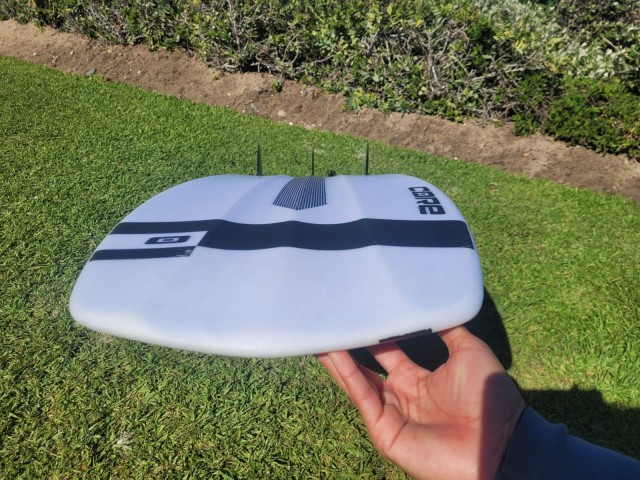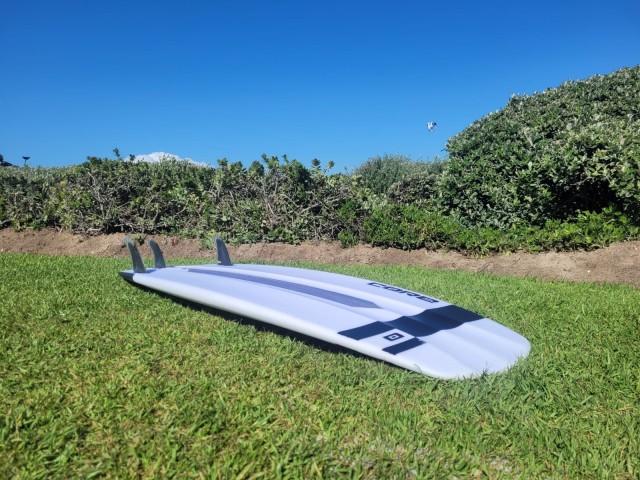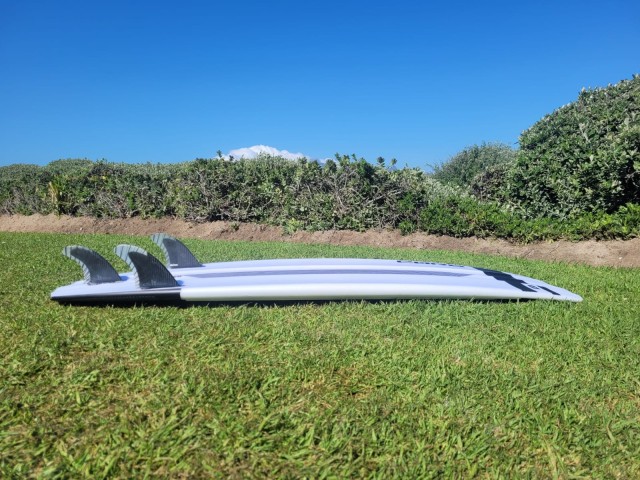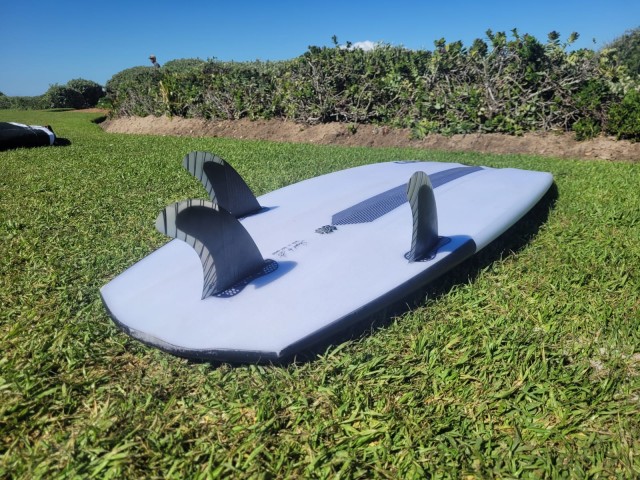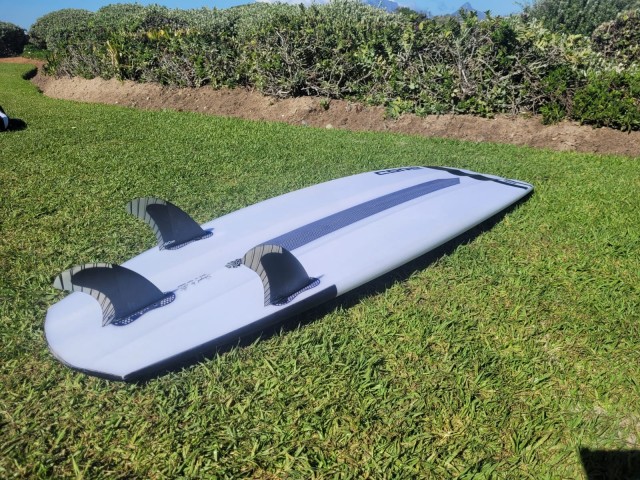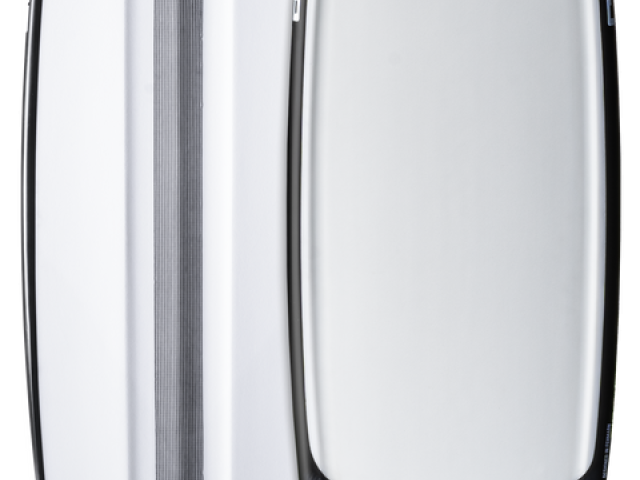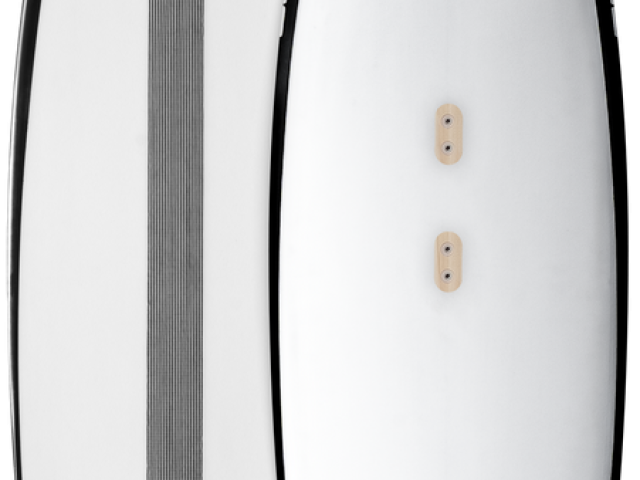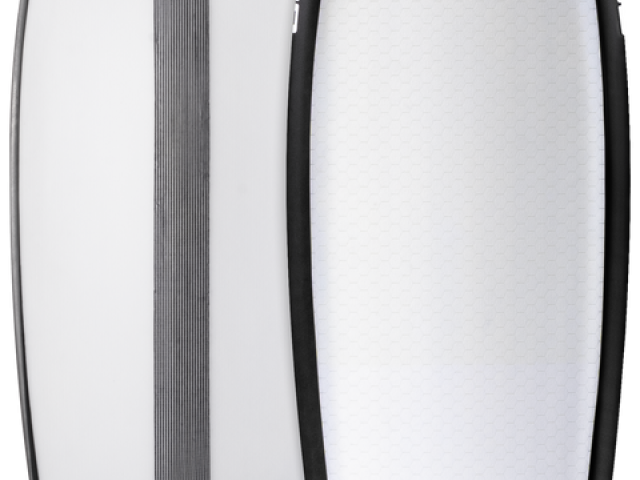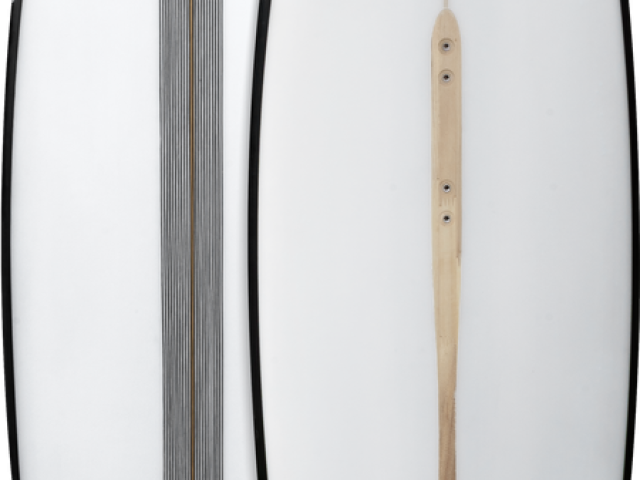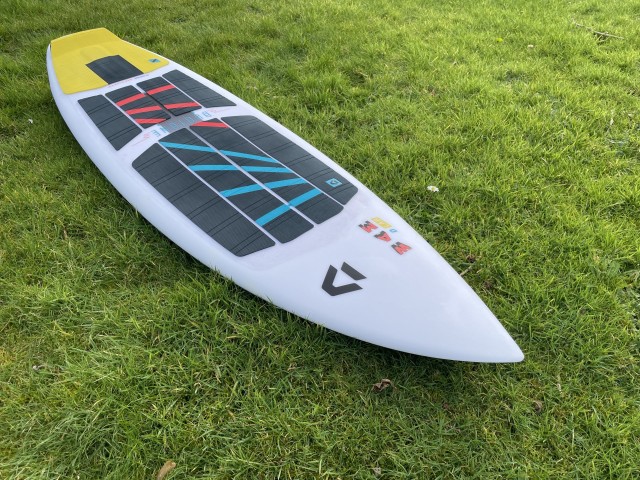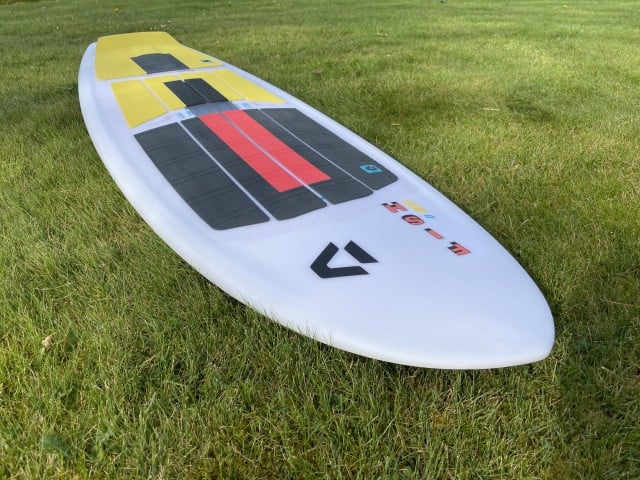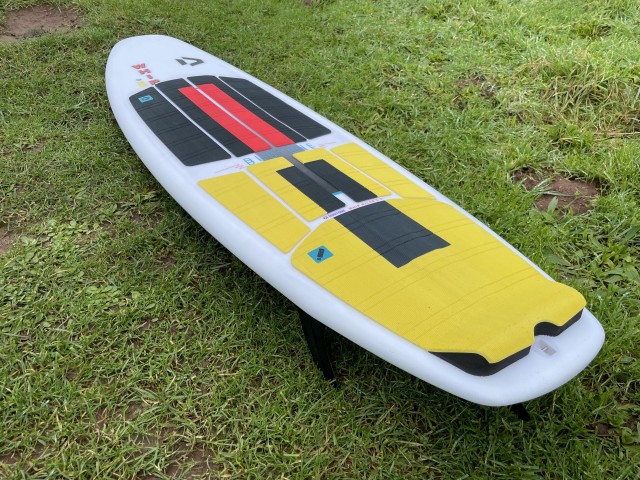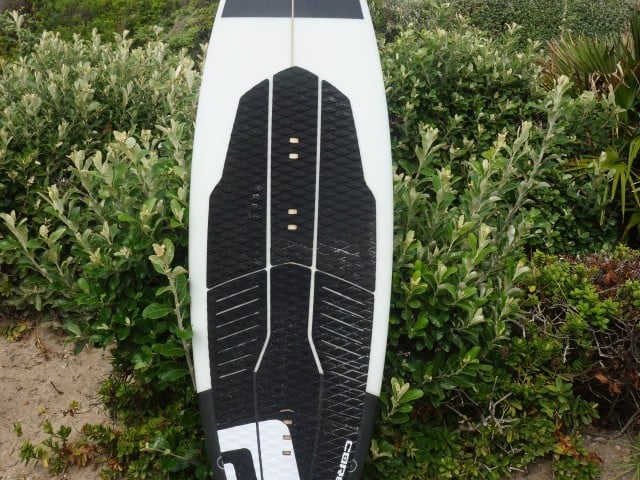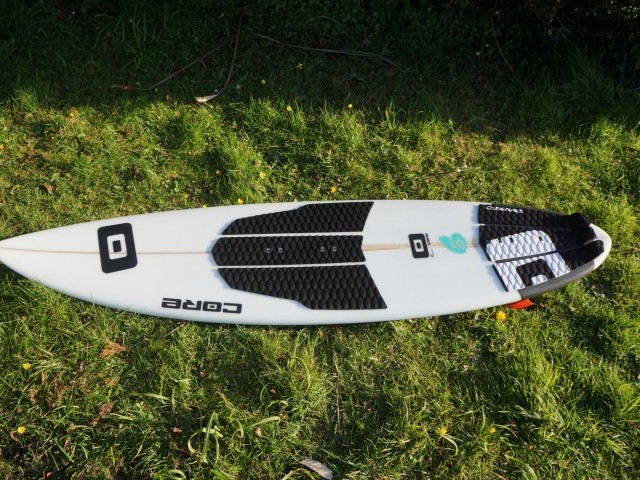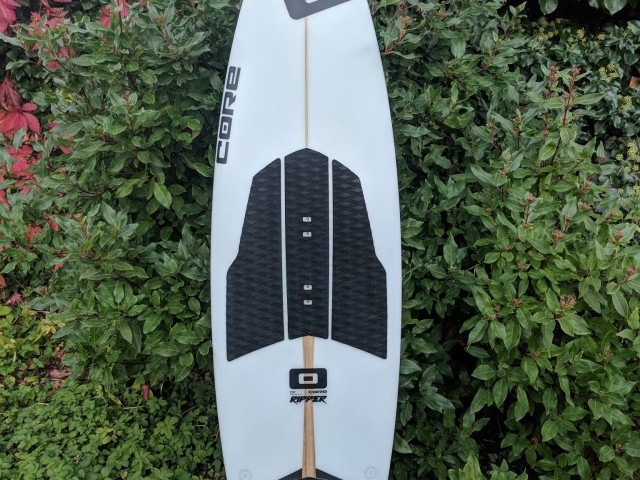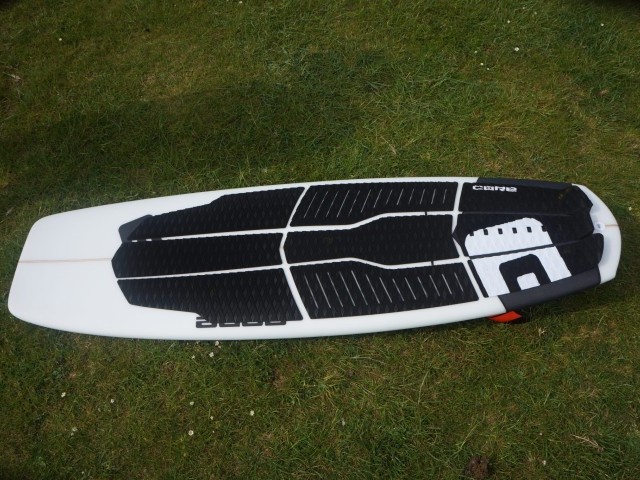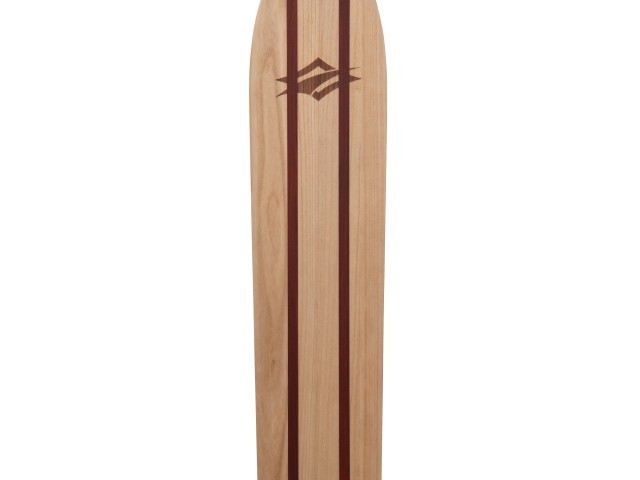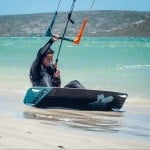At A Glance
As of today, CORE has 3 wave boards in their lineup, the Ripper for any-and-all wave conditions, the Green Room for the bigger days, and the 720 for small waves and freestyle. The 720 is very freestyle orientated, which is clear when you look at what the professional team is doing on this board. However, its performance in waves is very respectable, indeed.
When you're shopping for your first wave board, it's often the traditional pointy shape that appeals, because when you think wave, you think of surfboards. The stubby nosed shape of the 720 may not tickle your fancy at first, but surfboards designed for freestyle are a ton of fun to ride, and the 720 is no different. The average kiter has no plans to do 720s (double spins) with their wave board, but it's always nice to know that it's possible.
At first glance, the bottom design is quite interesting. The deep vee hull features quad concaves, designed to eat up chop and make a softer and more comfortable ride. The construction is super-durable with water-resistant HD foam wrapped up with glass fibre and carbon strips on the bottom. It's a board that is built to take a few hits, that's for sure!
Sizes: 4'11", 5'1", 5'3"
On The Water
We tested the 4'11 with 19.3L of volume with a rider between 55-60 kg, and it a nice size. The 5'1 would have been much too big, and a smaller board might have actually been better, were one available. Don't be afraid to go smaller than you think on this board; the CORE website says that the 4'11 should work for riders up to 75 kg.
This board is a little wunderkind in the waves - it is fun, nimble, and has plenty of float, so you don't get that bogged down feeling. We'll be honest, there was no freestyle happening in our sessions, but we were very impressed by the wave performance. In 3 ft swell, it was a winner, and we kept going back for more!
The test model had the full traction pad setup from CORE, and they were top-notch. You can ride this board with just a tail pad, which is shipped with the board, but for grab-and-go sessions, having the full pad set-up is both clean and convenient. It feels nice under the feet, and that extra grip is helpful when manipulating the board with your toes.
One thing of note was that, initially, we rode this board with large fins, which kept the board super locked into its line due to the rider weight, and was difficult to turn. Switching to medium fins really loosened up the board and made it much more manoeuvrable in the turns. But, actually, a small fin to match the rider size would have really unlocked the board's true potential. It's incredible how significant of an impact the fins have on the feeling and performance of the board. We recommend trying different sizes to see how it will change your ride. This extra effort in fine-tuning the setup will get you the most performance out of your board.
Overall
The 720 is ideal for someone who would keep a twin tip and a wave board in their quiver. If you're not dedicated to chasing massive swells, and just learning how to ride small waves, you'll love this board. It's a lot of fun in flat water while offering impressive wave riding performance in smaller swells.
An advanced wave rider would also appreciate the compact shape and playful design, which offers versatility for most wave conditions. If you haven't gone totally off the deep end in your pursuit of wave riding and only plan to have one wave board in your quiver, take a look at the 720. This is a board I'd put in my quiver in a heartbeat!
Videos
This review was in Issue 98 of IKSURFMAG.
For more information visit CORE KiteboardingRelated
By Crystal Veness
Editor at IKSURFMAG, Crystal Veness hails from Canada but is based in South Africa. When she isn't busy kitesurfing or reporting on the latest industry news for the mag, she is kicking back somewhere at a windy kite beach or working on creative media projects.


